Love 'em or loathe 'em, these are the wildest gaming monstrosities of CES 2019
These fancy gadgets are multi-purpose: they'll dry up your savings and max out your credit card
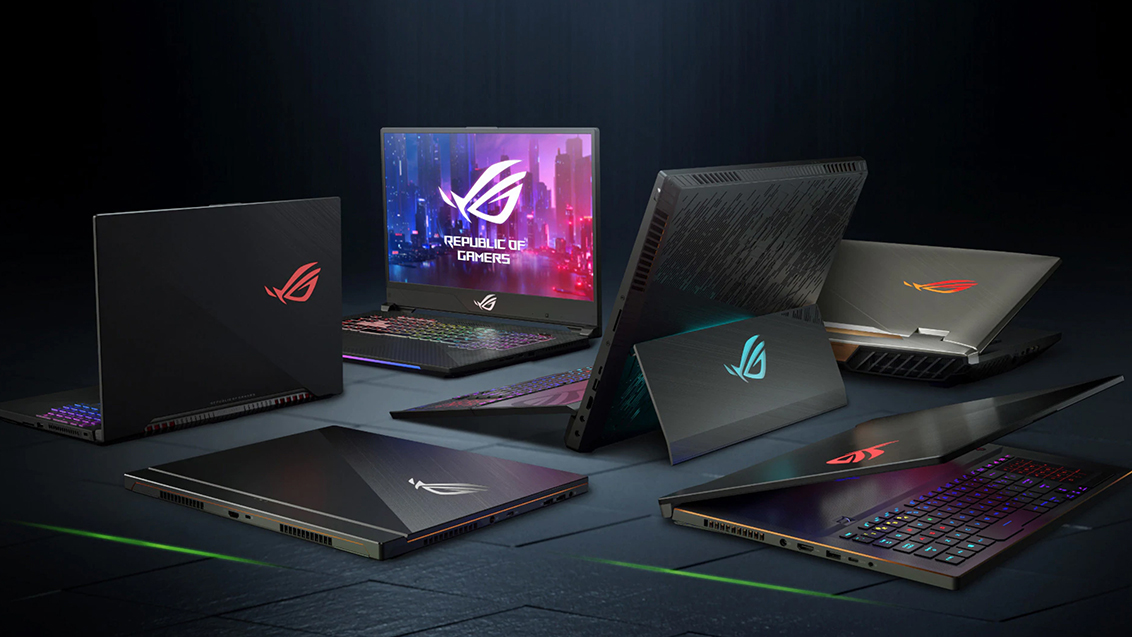
Held annually at the Las Vegas Convention Center, CES is a circus of futuristic products, out of touch celebrities, and self-hating journalists from around the globe. Every year it seems like we're introduced to a new round of large TVs, each more extravagant and less affordable than the last.
But, contrary to what we keep seeing year after year, it's not all TVs. Believe it or not, other sorts of products are announced at CES too. Last year, for example, we saw everything from augmented reality glasses to robot strippers. Sure! This year, on the other hand, we've already seen companies like Panasonic challenge our comfort limits with AI tech that can guess your age, sex, height and weight by simply snapping your photo. Creepy!
Luckily, in the gaming realm, you don't have to worry as much about handing over your DNA to corporations profiting from your personal data. Instead, you can sit back, relax, and mash buttons until you're dead. Although we're not there in person to enjoy the weather, we've exhausted our sources to present to you our favorite gaming doodads unveiled at this year's consumer electronics show.
Asus lands the 'Mothership' of detachable laptops

Considering the popularity of Microsoft's frankenstein series of Surface Pro laptop-tablet hybrid PCs, it comes as no surprise that Asus – premier of the Republic of Gamers itself – is coming out with a detachable gaming rig. Dubbed the ROG Mothership, this 10.36-pound convertible is the size of an overweight newborn.
If you're wondering why it has to be so heavy, well that's because Asus has stuffed an Intel Core i9-8950HK and a GeForce RTX 2080 inside a 16.14 x 12.6 x 1.18-inch chassis. Wearing a 17.3-inch IPS panel on its face, it is much larger than the Surface Pro. Oh, and if that's not overkill enough, Asus has personally cranked up the clock speed of the processor to 4.8GHz out of the box, you know, just for kicks.
While pricing has yet to be announced for the Asus ROG Mothership, we'll find out soon how many thousands of dollars it costs when it releases in the second quarter of this year. By then, of course, we'll have flying cars and a cure for cancer.
HyperX propels head-tracking headsets into orbit
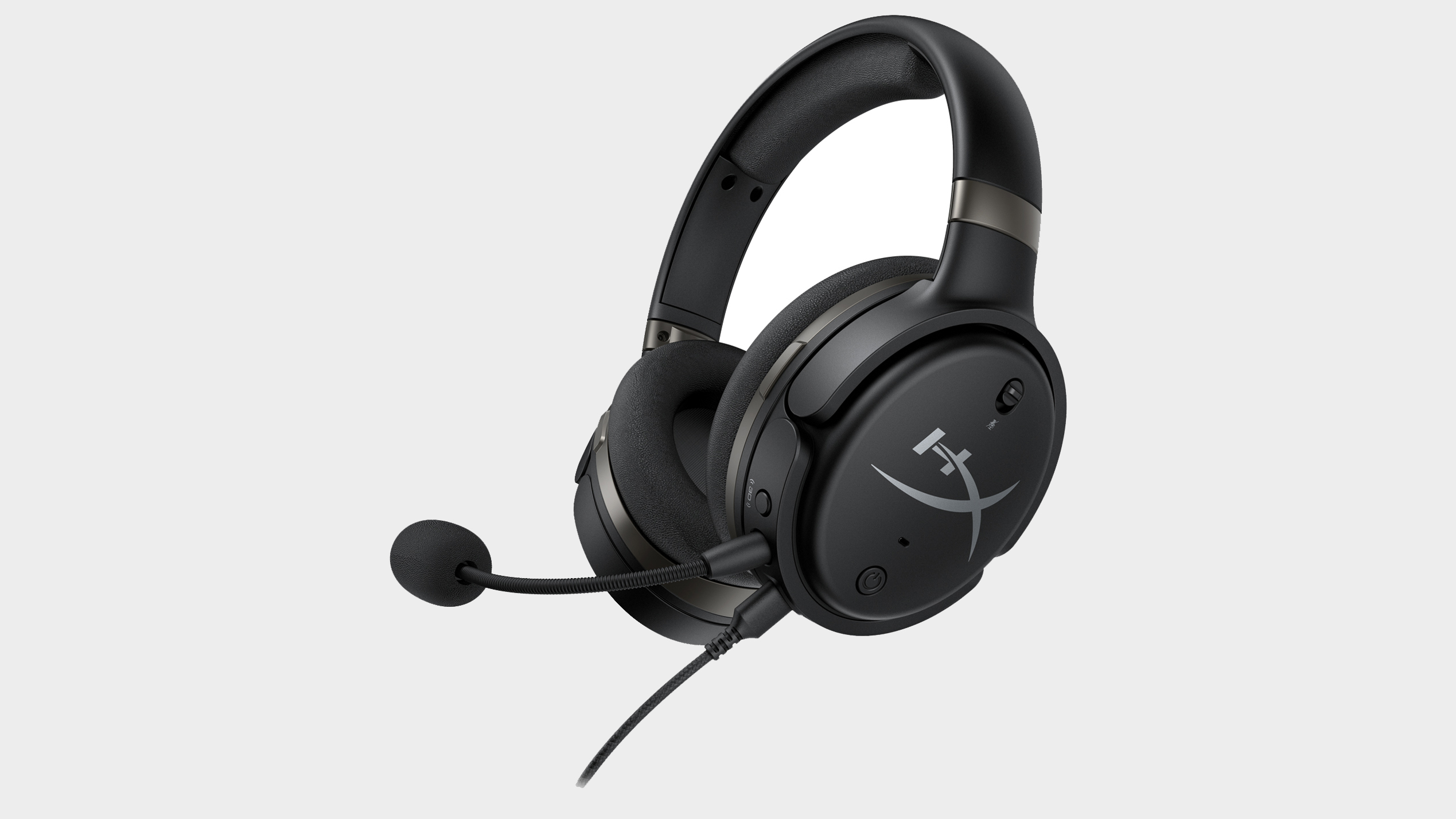
When it comes to gaming headsets, HyperX has become something of a household name. In 2017, the Kingston subsidiary put out one of the best PC gaming headsets of all time, the Cloud Alpha, and we've since been keeping tabs on the products it's released ever since.
Weekly digests, tales from the communities you love, and more
At the same time, we've been testing the Audeze Mobius here in the office for several weeks now, and though we're keen to include it in our recommendations because of its impressive audio quality, its most marketable trait has us skeptical. 3D audio is supposed to be the main draw of that headset, but it's tough to figure out why we'd want our heads tracked outside of VR applications.
Nevertheless, Kingston and Audeze are now partnering up to bring the latter company's 100mm Planar Magnetic drivers to a new pair of HyperX headsets, namely the Cloud Orbit and Cloud Orbit S. Both are equipped with Audeze drivers, but the Orbit S in particular leverages the Nx 3D audio technology from Technical Grammy Award-winning audio processing software developer Waves to make virtual environments come to life. We'll see about that.
LG brews up the Keurig of craft beer… well, sort of
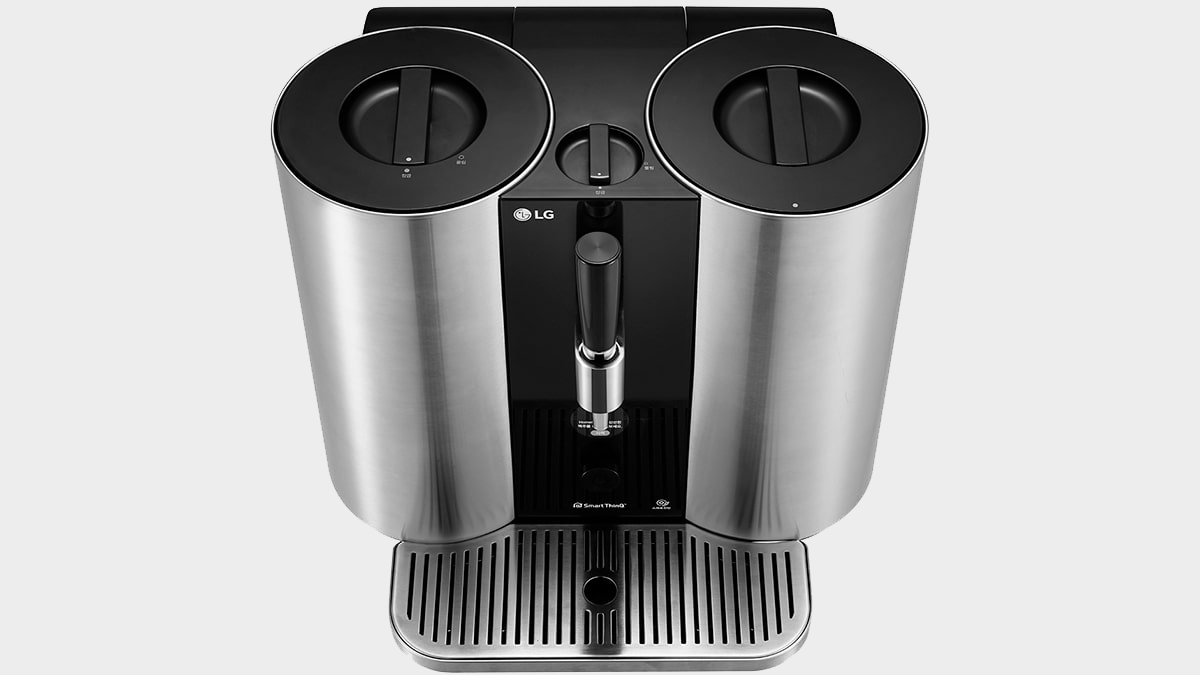
Okay, we know it's not exactly gaming-related, so think of this as the "now let's do a silly one" intermission of this article. LG Electronics, one of South Korea's biggest names in tech, is making a "smart beer" system that uses capsules for craft beer enthusiasts to start brewing in the comfort of their own homes without occupying a ton of space or making a catastrophic mess in the kitchen.
Similar to the way Keurig coffee makers use ground coffee-filled pods to churn out that good good caffeinated bevvy, the LG HomeBrew's capsules are brimming with yeast, malt, hops oil, and flavoring. Upon inserting one into the machine, all you have to do is press a button and the HomeBrew handles the entire process for you – from fermentation to carbonation. All you have to do is be patient. Unlike coffee, decent beer takes time to brew, thus the HomeBrew takes about two weeks of processing before it can crank out up to five gallons of that thick bready liquid we all crave for some reason.
At launch, the LG Homebrew appears to have a killer lineup of beer types to choose from. You'll be able to brew IPAs, pilsners, witbiers, stouts, and pale ales from an appliance no larger than espresso machine. It's not clear as of this writing when LG plans on selling the HomeBrew or how much it's going to cost. However, paraphrasing Nathan Fielder, all we need in life is a beer in our hand and a bro by our side, and this product aims to make at least one of those things easier.
HP Omen X Emperium is a home theater retreat for PC gamers
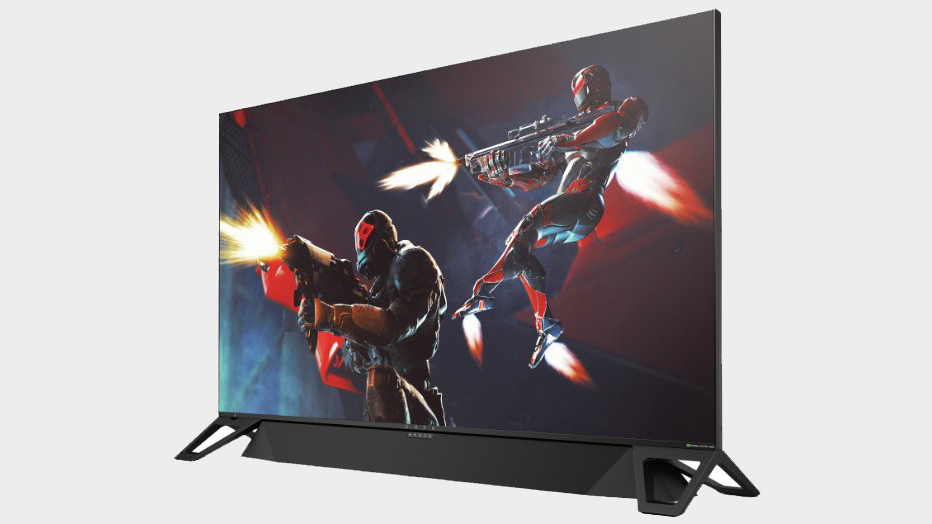
When Nvidia revealed a lineup of Big Format Gaming Displays (BFGDs) at CES last year, we thought they would be out by now. Unfortunately that's not the case, as the big freakin' gaming displays were delayed from their original summer 2018 release window to the first quarter of 2019. With New Year's behind us, HP has decided to inform us on very short notice that we're going to have to wrangle up $5,000 by next month.
That's right, the first of Nvidia's BFGDs is the HP Omen X Emperium, and you read that correctly: it's going to set you back a whole $4,999 when it comes out in February. Until then, you can spend the wait drooling over a 65-inch IPS panel with 4K resolution, HDR support, G-Sync, and a buttery smooth 144Hz refresh rate. Those last two are important because they serve as key differentiators between this absolute unit of a monitor and a same-size TV you could otherwise buy off the shelf.
As many seasoned gamers already know, G-Sync is an adaptive sync technology that reducing screen tearing and jaggies, thereby eliminating the need to enable vsync in-game. In short, it takes a load off your GPU, and despite ramping up the cost of your screen, for that your computer will thank you like Marie Kondo thanks her clothes. Other core features of the Emperium include native DisplayPort support and a built-in Nvidia Shield TV.
Razer resurrects its Turret keyboard and mouse for Xbox One
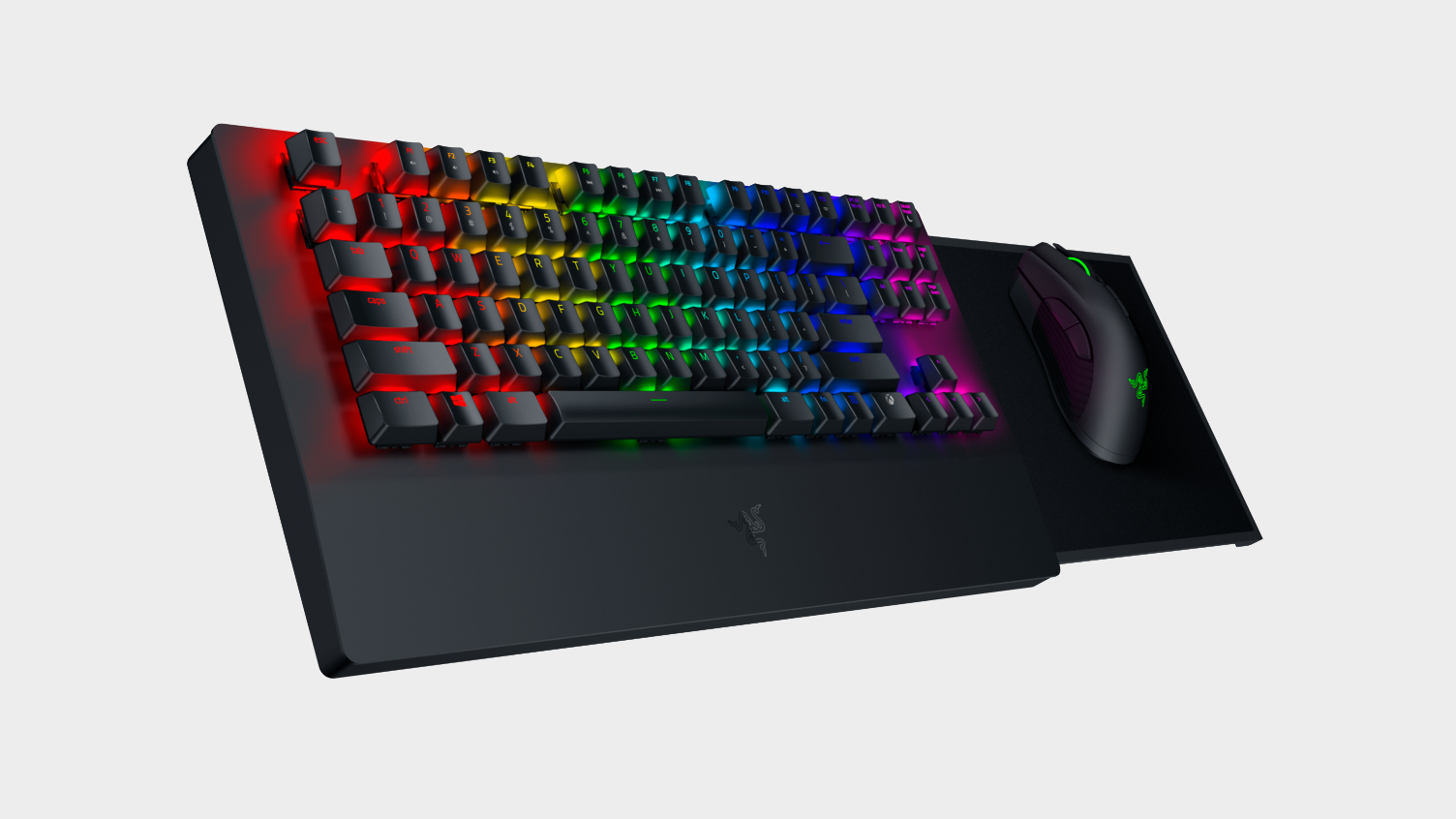
You probably don't remember the Razer Turret, but we do, because we bought one a few years back. Marketed for living room PCs as a mouse and keyboard "lap setup" at first, the Turret used to be nothing more than a basic membrane keyboard that was packed in with an even more basic and cheap-feeling mouse. The appeal to us was that it didn't take up a lot of space due to the magnetic fold-out design of the keyboard as well as the included docking station.
Priced at $159.99, the Razer Turret of yesteryear will probably be remembered as a flop. Shortly after it arrived on store shelves, we recall seeing the lapboard and mouse bundle for less than half its initial asking price. Hopefully, for Razer's sake, the new Turret fares a lot better than its short-lived predecessor. Having been rebranded as an Xbox One peripheral, perhaps Min-Liang Tan and company have found their niche with the 2019 rendition of the Razer Turret. After all, it is the first lapboard of note to be officially licensed for Microsoft's console.
This time, the Razer Turret – which now costs $249.99 – consists of a mechanical keyboard and mouse, each of which are bespeckled with the gaming brand's signature Chroma lighting. They're tuned for Synapse 3, Razer's PC software, so it's safe to assume you can use them on a sufficiently primed gaming PC as well. As for the supported games on Xbox One, you can use the Razer Turret to play The Sims 4, Fortnite, and a whole bunch of other titles.
Gabe Carey was a Senior Writer at GamesRadar+. In his time with us, Gabe focused on news and features coverage, with a particular focus on gaming hardware. He left GR+ in 2019 and now works as the commerce editor-in-chief for GO Media.



